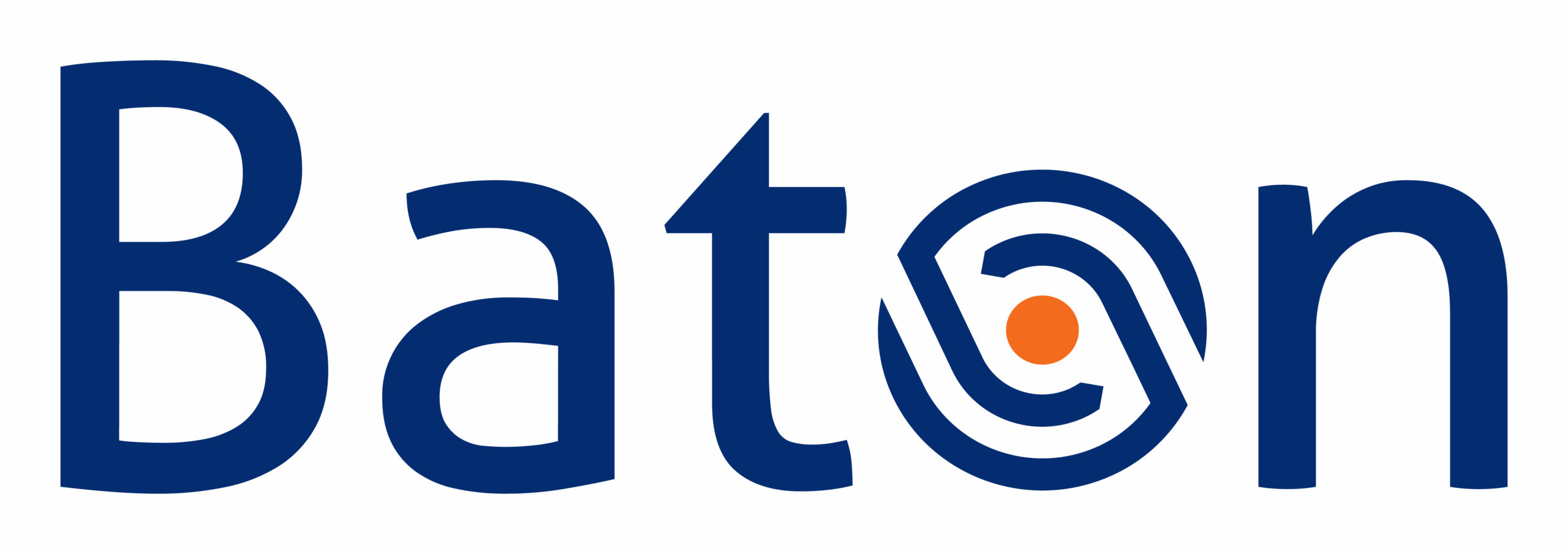Post-trade has traditionally played a Cinderella role in many capital market firms, historically missing out on the technology investments enjoyed by the front office. This has resulted in many firms maintaining siloed, legacy, post-trade infrastructures.
Essentially, running outdated processes means accepting significant operational risks. These risks often manifest as manual errors, inefficiencies, delays, data failures and a lack of transparency. Teams aren’t able to make fully-informed decisions because they may not, for example, have access to the real-time visibility necessary to truly understand their settlement exposure at a given point in time. This is especially important when dealing with exception management.
As an industry, we used to view these obstacles to optimum performance as weaknesses inherent in diverse post-trade ecosystems which lack a holistic design for end-to-end processing. However, the ongoing revolution in distributed ledger technology (DLT) is now empowering firms to take steps to address the vast majority of shortcomings in legacy systems, to greatly reduce operational risk and improve performance.
In this blog we’re taking a closer look at these key operational risk challenges and how, at Baton Systems, we’re working with firms to overcome them using DLT.
What are the operational risks and challenges in post-trade?
We can break down a standard FX post-trade process into four stages: confirmation, netting, settlement and reconciliation. Let’s take a closer look at issues affecting legacy systems for each of these stages.
Confirmation: At the confirmation stage banks often lack a common approach to trade matching at either a technology, service or configuration level. This presents challenges because even when a bank and its counterparties use the same trade matching provider they’re unable to achieve seamless or efficient trade matching. This is often the case because each bank independently adjusts rules in their platform with no real collaboration with their counterparties. This results in each bank working to make the platform work for themselves, leading to potential discrepancies and because they are working independently off separate data, unnecessarily time-consuming matching processes.
Due to these challenges, firms frequently choose to sacrifice netting benefits in favour of eliminating the potential for errors and time-consuming manual netting processes by settling gross via straight-through processing (STP).
Settlement: Manual operations on siloed and disparate post-trade applications can create risks of incorrect and duplicate payments, delays and costs. Some services offer the ability to do trade matching, some just netting, often without the ability to settle on a Payment vs Payment (PvP) basis. The implications of making incorrect or duplicate payments are enormous from a financial and also regulatory perspective.
Post-trade reconciliation: Here, legacy and siloed systems are often unable to capitalise on STP efficiencies. Data integrity issues result in manual interventions. The choice here is to either use custom processes to weed out bad data pre-settlement or rectify post-trade, with reversals, penalties and costs.
How Baton’s technology enables banks to tackle operational risk challenges
We’ve designed our technology to enable firms to benefit from fully customisable, friction-free, fully connected, post-trade processing that delivers a level of automation, flexibility and transparency that’s a world away from the existing reality for so many firms today.
Baton’s solutions support the complete end-to-end post-trade process from trade matching through netting, to settlement. Removing the need for informal processes, firms gain control over payments and settlements across not only the complete front-to-back process, but also across business silos (including FX and other asset classes). Bringing together the firm’s data, held in various disparate systems, Baton’s technology automatically checks, holds or releases payments based on fully configurable business rules, via smart distributed workflows (which deliver a similar result to the smart contracts that are available on blockchain). With these tools, operational pressures are reduced and the risk of errors minimised.
Because we use DLT, banks can effectively collaborate with their counterparties in real-time. With DLT, every action is acknowledged, encrypted and notarised as an irrefutable fact, providing a ‘single source of truth’ – with the ability to view the full lineage of the transaction, all parties benefit from full transparency and auditability. Therefore, no time is wasted should calculations or trade-matching confirmations differ – everyone is working off the same set of data.
From a netting perspective, Baton’s technology provides clients with the ability to achieve actionable, automated and completely configurable bilateral payment netting – eliminating the operational burden netting so often presents. Baton’s payment netting engine runs on a continuous basis and once complete, automated workflows communicate with the underlying customer for agreement of the settlement values. Should the participants then wish, the netted values can then be settled on-demand via PvP.
Furthermore, because customisation of data ins and outs allows for the programmed conversion of numerous formats, eliminating compatibility issues, banks don’t need to “rip and replace” core systems to benefit from Baton’s technology. In fact, we’ve specifically designed the technology to seamlessly interoperate with a bank’s existing legacy systems and processes, minimising disruption from implementation. Using DLT in this manner, we have in effect, operationalised the much-touted benefits of blockchain – non-repudiation, transparency, speed and auditability – for capital market firms. This allows financial institutions to streamline operations and reduce team workload – without incurring increased risk or indirect costs.
What’s different about Baton’s approach to post-trade processing?
The concept and design of our DLT technology is based on a set of key values.
Baton Systems’ post-trade solutions are fully programmable – transforming team efficiency and accuracy. Automation with DLT means settlement triggers are pre-agreed, built into the workflow and happen in near real-time. Late trades, for example, can be programmed into or out of the process. We also ensure duplicate messages are picked up and resolved before they trigger settlement actions.
DLT makes the entire post-trade path fully transparent for all counterparties, so firms can execute netting and payment strategies founded on comprehensive real-time data, 24/7. Insight is strengthened and the parties are able to collaborate effectively with a shared view of activities.
Baton’s approach builds in resiliency. Operational teams can focus on more value add activities rather than custom processes and error correction. Communication channels are rationalised with a shared dashboard – no more looking through sent emails! In effect, Baton transforms your whole post-trade process to an STP basis.
Baton’s technology is scalable and provides for extensibility. With manual processes eliminated, the core data set within the digital contract has a guaranteed integrity. This facilitates extending trading with new counterparties and the re-use of the data for other internal processes e.g. same-day reconciliations, automated real-time and ad hoc reporting.
Tomorrow’s market participants will ultimately need a better handle on operational risk. As FX markets continue to evolve, we’re seeing ever-increasing diversification of counterparties, asset classes and new products – the potential for error and the impact of these errors is only likely to multiply. Advancements in DLT are enabling firms to not only minimise their exposure to operational risks but also optimise performance in doing so.

